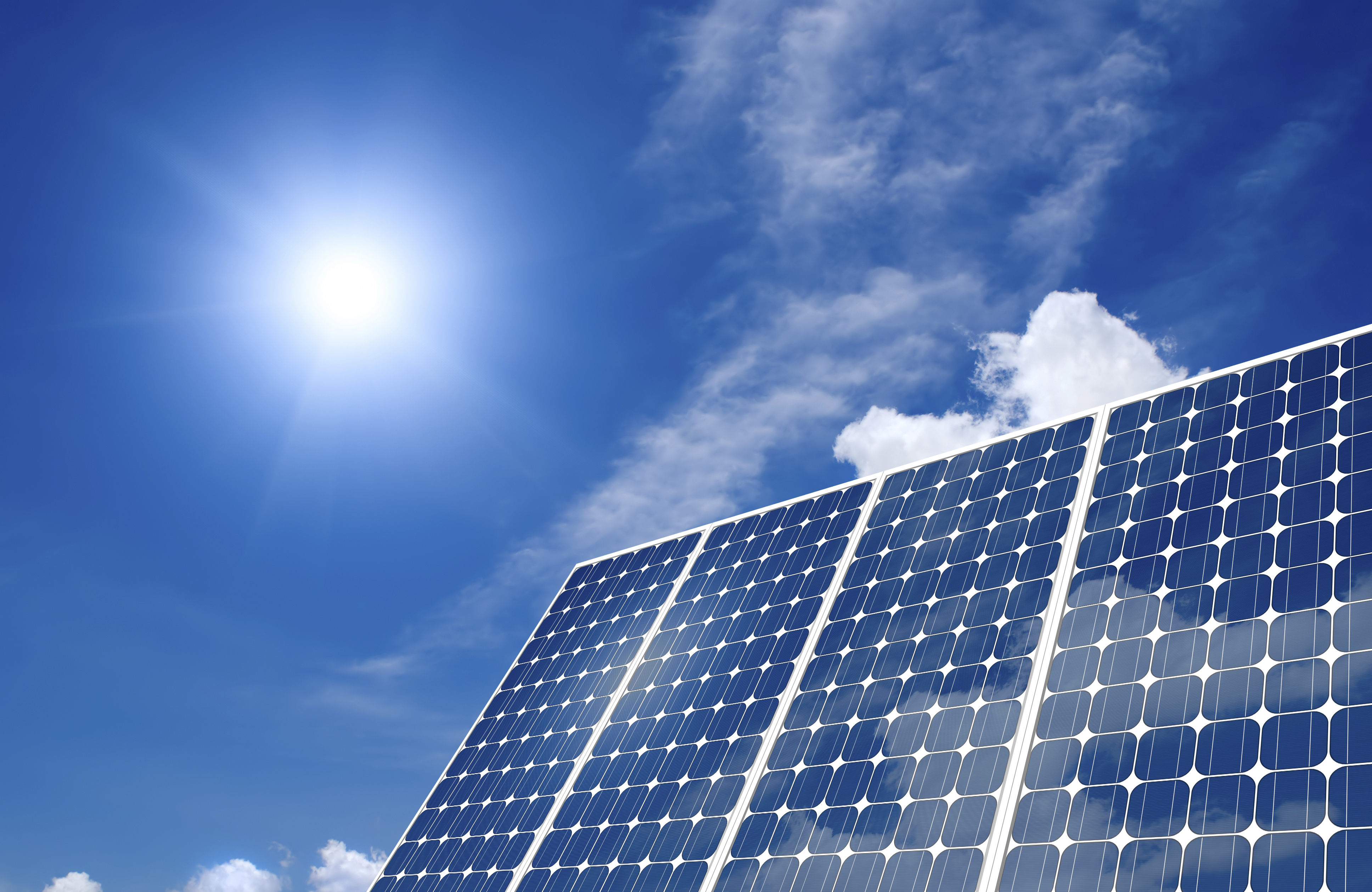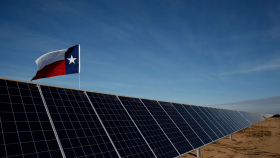Japanese researchers have surpassed the 2015 record for silicon solar panel efficiency, inching ever closer to maximum theoretical limits. This advancement will help to bring down the installed cost of solar even more in the near future.
Using a technique called thin-film heterojunction (HJ) optimization, researchers at Japan’s Kaneko Corporation have achieved 26.6% efficiency, surpassing Panasonic’s 2015 record of 25.6%, set less than 2 years ago. Theoretically, silicon-based solar cells can reach an efficiency rating of 29%, and this is a big step toward bringing HJ tech to its full potential on a commercial-grade panel.
“Improving the photoconversion efficiency of silicon (Si) solar cells is crucial to further the deployment of renewable electricity,” writes the Kaneko team, led Kunta Yoshikawa. Their paper is available at Nature Energy. “This result confirms the strong potential of silicon photovoltaics.”
HJ technology utilizes a technique in which silicon is layered within the cell to minimize band gaps where electron states can’t exist. HJ technology is being used by other manufacturers like Panasonic and Solar City, but Kaneka researchers have developed proprietary HJ tech which places low-resistance electrodes toward the rear of the cell, which maximizes photons collected inside the front of the cell. They coated the front of the cell with a layer of amorphous silicon and an anti-reflective layer to protect the cell’s components and increase photon collection.
Silicon has a nearly optimum bandgap for sunlight absorption and silicon solar cells reach a high photoconversion efficiency due to the good material quality and widespread technological know-how. Moreover, Si solar cells have several strong advantages essential for photovoltaics, such as abundant raw material supply, low toxicity, low cost and scalable technologies for cell and module fabrication. These advantages are at the origin of the sharp increase in the number of photovoltaic installations in the world, and most probably the same trend will continue in the future. Improving the efficiency of Si solar cells is key to further reduce area-related costs and to ascertain the position of photovoltaics as a renewable source of electricity.
What are the most efficient panels commercially available?
Getting closer and closer to the theoretical maximum efficiency in the lab is one thing, but it will be a while before that efficiency level reaches your rooftop. The majority of lower-cost solar panels on the market operate in the 14-16% efficiency range, but in recent years many companies have started selling panels that are the same size as the less efficient panels but operate at over 20% efficiency. These high-efficiency panels are especially important in applications where space is at a premium.





